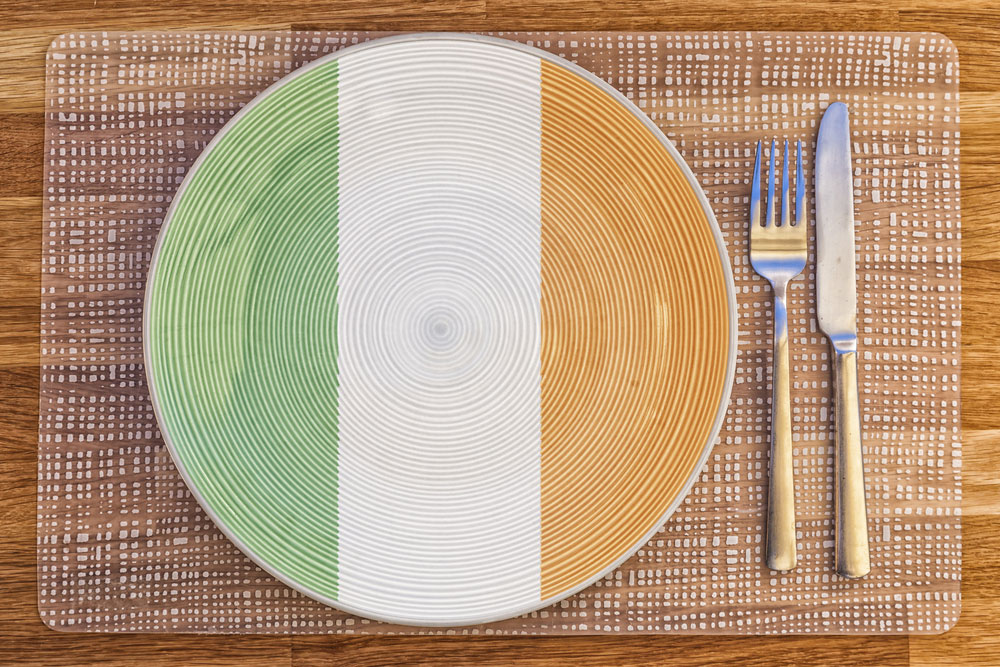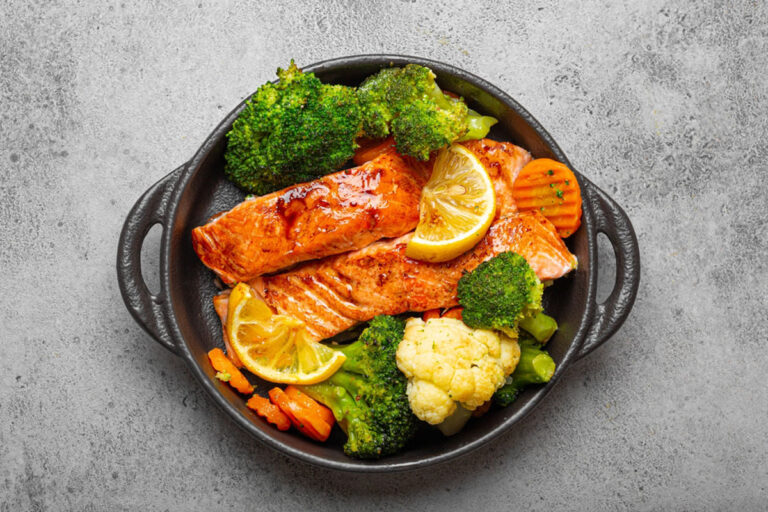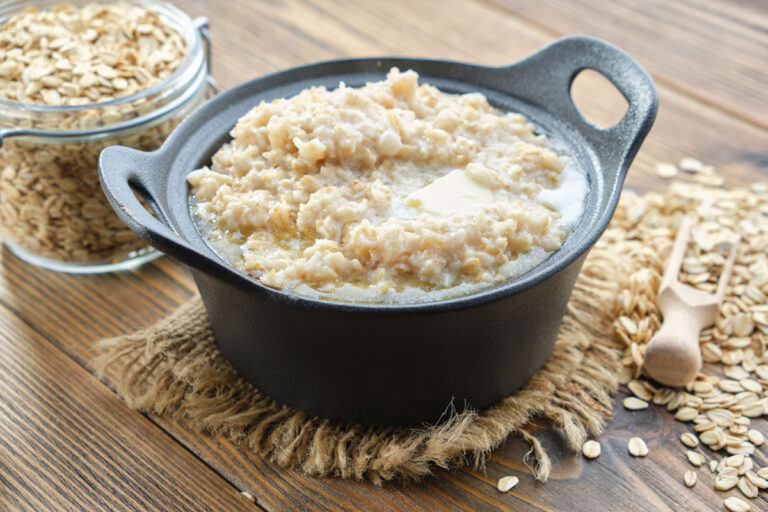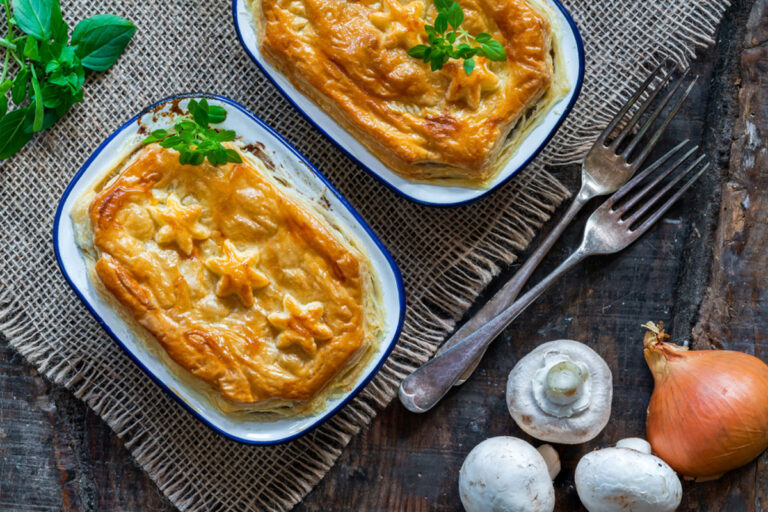The Emerald Isle’s Gourmet Renaissance
The culinary landscape of Ireland is undergoing a dramatic shift. The country, once known for hearty traditional foods, is now emerging as a vibrant and diverse gastronomic destination.
Traditionally, Irish food has been associated with simple, hearty dishes intended to power the country’s hardworking inhabitants. While traditional Irish dishes such as Irish stew, colcannon, and soda bread remain popular, the modern Irish kitchen is expanding.
The transition started with a deeper appreciation for the country’s plentiful natural riches. A revival of small-scale farming and artisanal food manufacturing has revitalized Ireland’s gastronomy. Homegrown veggies, fresh seafood, sumptuous meats, and world-class dairy are making an appearance on Irish menus.
This new culinary craze is likewise distinguished by a brilliant fusion of the ancient and the new. Traditional recipes are frequently reinvented with a modern twist, as imaginative chefs draw on historical cooking techniques and ingredients to create contemporary masterpieces.
Moreover, the farm-to-table movement has flourished, with an emphasis on sustainable, locally sourced ingredients. This shift toward ecologically responsible practices is not only better for the environment but also provides an authentic, flavorsome experience for diners.
Ireland’s green and sustainable dining
One of the most significant themes in Irish food’s future is its emphasis on sustainability and eco-conscious dining. Ireland, a country known for its abundant greenery, has enthusiastically embraced the concept of “green” dining.
Many Irish chefs and restaurants are increasingly proud to source locally and seasonally. This not only ensures the freshest produce, but it also helps local farmers and lowers the carbon footprint associated with food transportation.
Ireland’s waters are important to its culinary identity. With a rising emphasis on sustainable fishing practices, the seafood industry has witnessed a renaissance. Diners may enjoy a variety of fresh and delectable catches, such as salmon, mussels, and oysters, knowing that they are responsibly obtained.
In Ireland, the farm-to-table movement is thriving, with an increasing number of restaurants farming their own products or working directly with local farmers. This farm-to-fork technique enables chefs to work with the best Irish ingredients to create dishes that genuinely capture the soul of the region.
Irish cuisine is also decreasing food waste by emphasizing the use of every component of an ingredient. This method not only eliminates waste but also honors the inventiveness of traditional Irish cookery.
International Cuisine Influences in Ireland
Global flavors and methods are making their way into the core of Irish food, making the Irish palate more adventurous. While traditional cuisines are still popular, there is a growing mix of flavors inspired by cultures from all over the world.
Indian, Italian, and Asian influences are becoming more visible in Irish cuisine. Curry meals, wood-fired pizzas, and sushi, for example, have grown in popularity in recent years. The desire to try new flavors and spices reflects the changing tastes of Irish eaters.
This cosmopolitan influx is not limited to eateries; many Irish households are increasingly mixing varied ingredients into their home-cooked meals. It’s not uncommon to find a dinner table with a mix of traditional Irish dishes and cosmopolitan fare.
The Irish coffee scene is also undergoing a transformation, with specialist coffee shops serving up top-notch brews. Demand for expertly made espresso and pour-over coffee is increasing, mirroring global trends in the quest for the perfect cup.
Ireland’s craft beer industry is thriving, with a profusion of microbreweries making creative brews inspired by global brewing traditions. Craft beer fans can try a variety of unusual and delectable selections that will delight any beer enthusiast’s palate.
This international culinary exchange is not a one-way street. Ireland’s own culinary traditions are finding fans worldwide, and traditional Irish dishes like colcannon, boxty, and Irish stew are enjoyed by food enthusiasts across the globe. In essence, Ireland’s culinary evolution is a testament to its openness to global flavors and its ability to blend them with its rich culinary heritage.
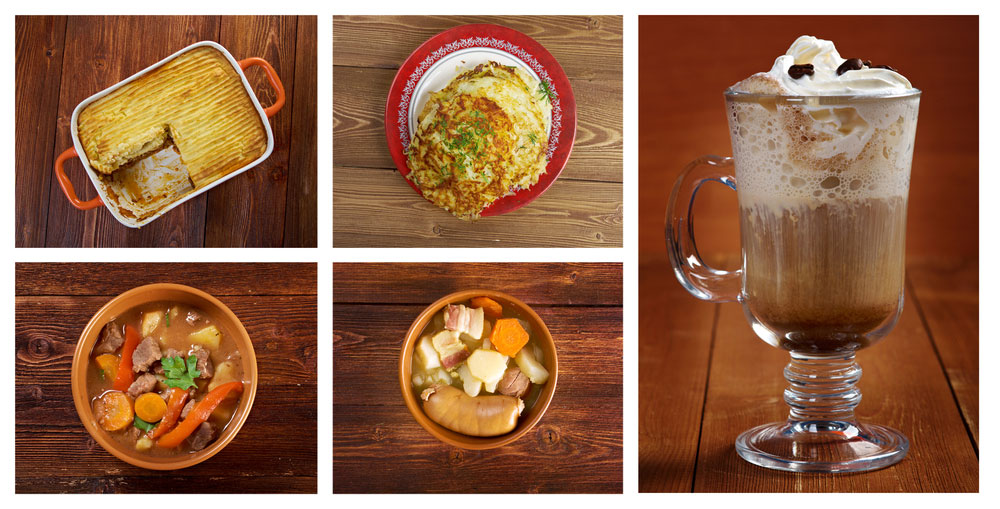
The Irish Dining Technology Revolution
Technology has emerged as a key participant in the developing landscape of Irish cuisine, transforming how we obtain, prepare, and consume our food.
Food Delivery Apps and Online Ordering:
The widespread usage of food delivery apps and online ordering platforms has been one of the most noticeable changes in recent years. Ordering restaurant-quality meals to enjoy at home has become popular among Irish diners. Popular food delivery applications have linked customers to their favorite local restaurants, guaranteeing that even the most delectable delicacies are only a few taps away on a smartphone.
Culinary Experiences & Virtual Food Festivals:
Virtual food festivals have seized Ireland’s culinary industry by storm, especially during the challenges of the COVID-19 pandemic. These online events provide foodies a one-of-a-kind opportunity to discover new cuisines, learn from renowned chefs, and partake in virtual tastings all from the comfort of their own homes. The popularity of these virtual gastronomic gatherings has brought people together in new ways, and it is possible that this trend will continue even after in-person events resume.
Smart Kitchens and the Home Cooking Revolution:
Technology has had an impact on how we cook at home as well. Smart kitchen tools and devices are transforming the way we cook. Cooking has become more accessible and efficient thanks to devices such as the Instant Pot and air fryers, while recipe apps and YouTube cooking channels give unlimited inspiration for home cooks.
Blockchain and Food Traceability:
Blockchain technology is being used to trace food from farm to fork in an effort to increase transparency and confidence in the food supply chain. Consumers are becoming increasingly interested in knowing where their food comes from, and blockchain technology enables a secure and immutable record of a product’s history.
Sustainability and Food Waste Reduction:
Technology is assisting in addressing the global issue of food waste. Apps and websites have sprung up to connect consumers with surplus food from local businesses, thereby decreasing waste and saving consumers money. Furthermore, food-sharing networks enable individuals to share surplus food with their communities.
Chefs and restaurants in Ireland are also embracing sustainability, with efforts to limit food waste and source locally. As there is a greater demand for sustainable and ethically sourced food, Irish restaurants are implementing these ideas into their menus, thereby helping local farmers and food producers.
Shaping the Future of Irish Cuisine
The future of Irish food will be defined by innovation as well as a great regard for history. Chefs and food innovators in Ireland are rethinking ancient dishes and adding modern touches, resulting in a dynamic and diversified culinary landscape.
Modern Takes on Traditional Dishes:
Traditional Irish recipes including colcannon, boxty, and Irish stew are getting a modern twist. Chefs are experimenting with ingredients and presentation, putting new takes on classic dishes. The mix of tradition and innovation is reviving Irish food.
Global Influences:
Ireland’s cosmopolitan society has an impact on the country’s gastronomic scene. Irish chefs are drawing influence from different cuisines ranging from Asian fusion to Middle Eastern flavors. This combination of flavors may be found in meals such as bao buns packed with Irish ingredients and hummus made in Ireland.
Plant-Based and Vegan Options:
As the popularity of plant-based and vegan diets develops, Irish chefs are developing inventive and delectable meat-free dishes. Vegan shepherd’s pie and plant-based Irish breakfasts are now commonplace in many places, reflecting the changing nutritional habits of the Irish people.
Culinary Experiences & Food Tourism:
Food tourism is on the rise in Ireland. Travelers are increasingly looking for real food experiences, such as fishing for seaweed, visiting local food markets, and taking traditional Irish bread-making workshops. This approach not only benefits local economies but also encourages a greater understanding of Irish gastronomic culture.
Artisanal Producers:
There are many small-scale, artisanal food producers in Ireland. These dedicated folks use traditional ways to make cheeses, bread, charcuterie, and other products. Their products are in high demand among both local chefs and foreign gourmets. These craftspeople are working to preserve the authenticity and integrity of Irish ingredients.
Community Initiatives:
Community initiatives are extremely important in Irish cuisine culture. Community gardens, farmers’ markets, and farm-to-table initiatives foster a stronger connection to the land and the people who cultivate it. These programs are also critical in encouraging sustainable agriculture and bolstering local economies.
Conclusion
The culinary path of Ireland is one of rediscovery, invention, and a deep appreciation for the island’s natural abundance. The future of Irish cuisine will be defined by robust flavors, global inspirations, and an unwavering dedication to excellence. Whether you’re enjoying a time-honored classic or a new creation, the heart and spirit of Irish food culture are always evident.
As we end our investigation into the future of Irish cuisine, we hope you are encouraged to start on your own gastronomic excursions in this lovely island nation. The world of Irish cuisine welcomes anyone with open arms and a seat at the table, whether it’s a hearty stew, a delightful seafood dish, or an imaginative invention.




